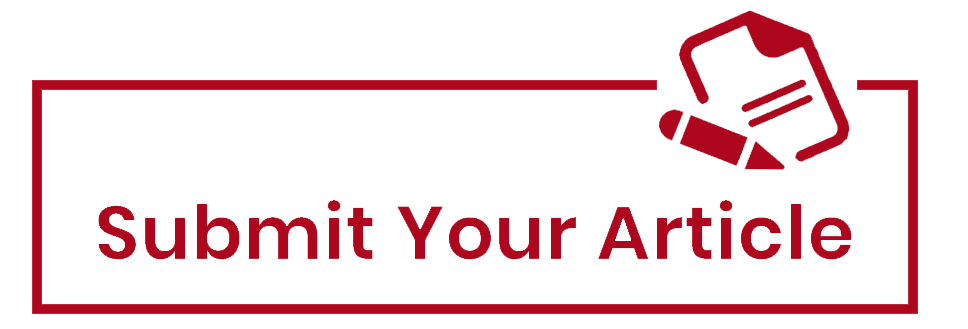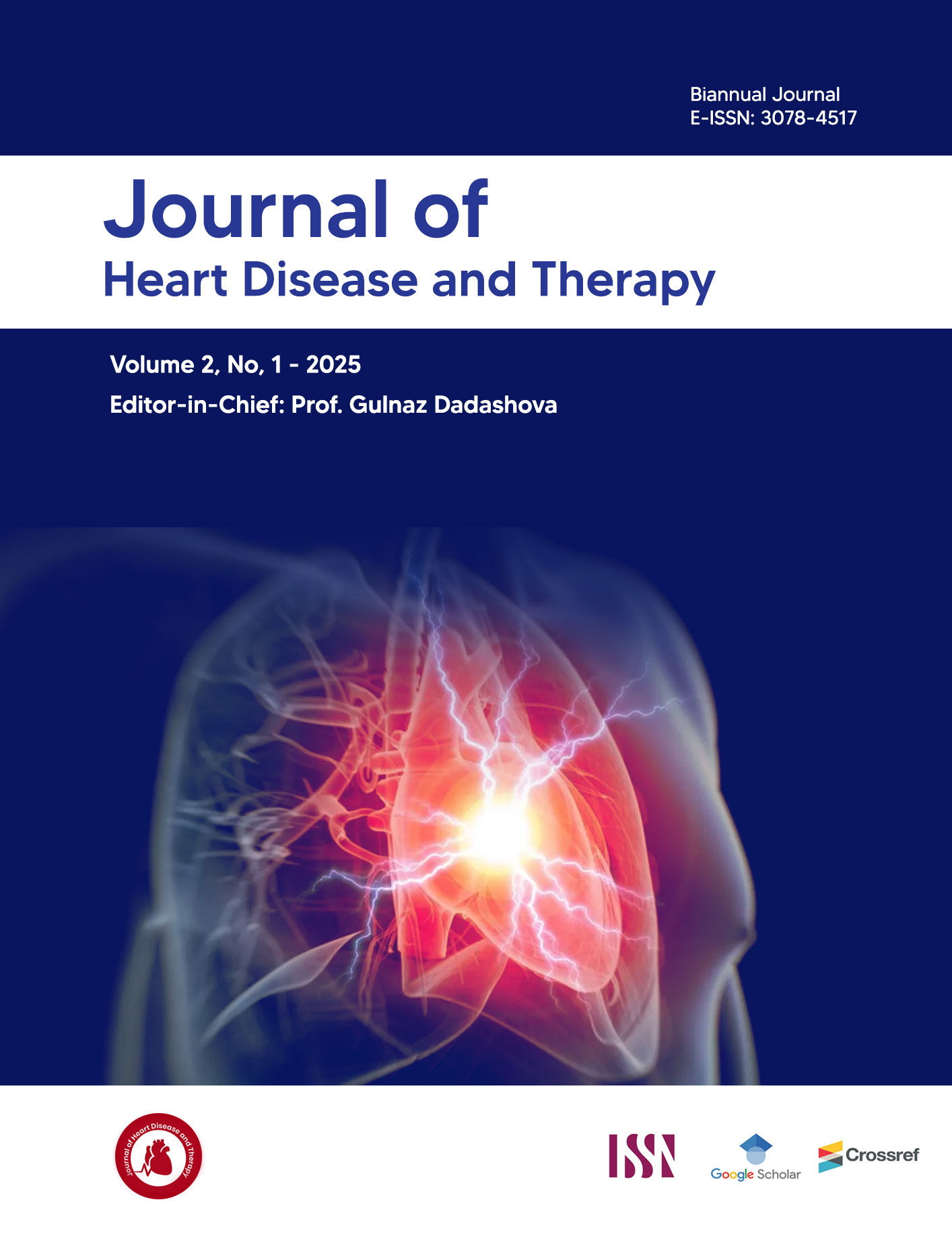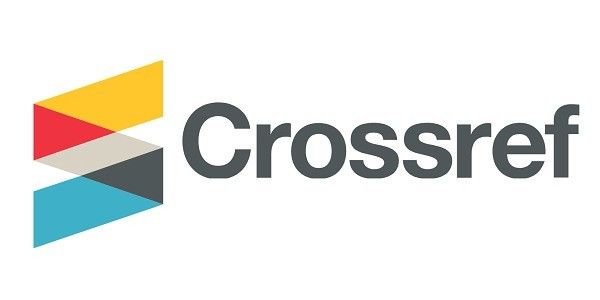Peer Review Process
- Peer Review Process
- Peer Review Confidentiality
- Peer Review Flowchart
- Peer Review for Papers Submitted by the Journal’s Editorial Team Member (Editor-in-Chief/Editorial Board/Guest Editor/etc.) or for a Special Issue
- Peer Review Process
All submissions to the journal are initially reviewed by one of the Editors. At this stage, manuscripts may be rejected without peer review if they are not deemed to be of high enough quality, priority, or relevance to the journal. This fast rejection process provides authors with a quick decision, avoiding unnecessary delays.
Manuscripts that are not immediately rejected undergo a double-anonymized peer review, typically involving at least two independent reviewers. Based on the feedback from these reviewers and the Editors' judgment, a decision is made regarding the manuscript.
The Journal of Heart Disease and Therapy follows COPE’s Ethical Guidelines for Peer Reviewers and employs "double anonymized" reviewing, where referees remain anonymous to the author(s) throughout and following the reviewing process, while the identity of the author(s) is unknown to the reviewers.
Please note:
- Manuscripts outside the scope of the journal will not be considered for review.
- Manuscripts will usually be refereed by two experts as suggested by the editorial board. Editors may seek additional reviews if needed. Authors will be informed if further review is required.
- All publication decisions are made by the journal's Editor-in-Chief based on peer review or by another Editorial Board/Guest Editor approved by the Editor-in-Chief. Authors of papers that are not accepted are notified promptly.
- Our peer review process is confidential. All submitted manuscripts are treated as confidential documents.
- Editors, reviewers, and editorial staff involved in the review process must disclose any conflicts of interest arising from direct competitive, collaborative, or other relationships with any of the authors or the article topic and recuse themselves from cases where such conflicts preclude an objective evaluation.
- Privileged information or ideas obtained through peer review must not be used for competitive gain.
- If a paper is not acceptable in its present form, suggestions for revisions will be provided to the author.
- Peer Review Confidentiality
The existence of a manuscript under review should not be disclosed to anyone other than the peer reviewers and editorial staff. Peer reviewers must maintain confidentiality regarding the manuscripts they review and must not disclose any information about a specific manuscript or its content to any other person or organization without prior permission from the journal’s editors.
The Journal of Heart Disease and Therapy will also systematically collect and analyze information from submitted manuscripts to improve the quality of the editorial or peer review processes. Therefore, we expect all peer reviewers and authors to respect and allow the use of anonymized information for research purposes. Final decisions regarding the publication of manuscripts are made by the editor.
Reviewers should not use or disclose unpublished information, arguments, or interpretations contained in a manuscript under consideration without the author's consent. Reviewers should notify the Journal of Heart Disease and Therapy if they have any conflict of interest regarding a specific manuscript and should not review the article.
- Peer Review Flowchart
- The journal editor forwards the submitted manuscripts to the Editor-in-Chief or another Editorial Board/Guest Editor approved by the Editor-in-Chief for pre-check.
- Depending on the topic of the submitted manuscript, the journal editor assigns the article to reviewers with related expertise.
- The reviewers agree to review the manuscript or recommend other reviewers with related expertise.
- The external experts make recommendations (this stage may occur more than once).
- Authors make revisions according to the recommendations (this stage may occur more than once).
- The Editor-in-Chief or another Editorial Board/Guest Editor approved by the Editor-in-Chief makes a decision on the manuscript, choosing from the following options: accept, minor revision, major revision, or reject.
More information about the Editorial Process.
- Peer Review for Papers Submitted by the Journal’s Editorial Team Member (Editor-in-Chief/Editorial Board/Guest Editor/etc.) or for a Special Issue
Editorials, news, and interview articles written by the journal's editors do not undergo external peer review. However, articles written by the editors that report original research, analysis, or other content will be subject to independent peer review.
To ensure impartiality and avoid any potential conflict of interest, authors serving on the Journal's editorial board will not be involved in the editorial processing of manuscripts (including review, editing, and final decisions). Editors will also not be involved in decision-making for manuscripts written by family members or colleagues, or related to products or services in which the editors have an interest or other perceived conflicts of interest. Any such submissions are subject to the regular procedures of the journal, and peer review is independent of the editors involved and their research teams. For example, articles from the Editor-in-Chief will be assigned to an Associate Editor-in-Chief or, in the absence of an Associate Editor-in-Chief, to an Editorial Board member with relevant expertise (who does not have any conflicts of interest with the Editor-in-Chief). After receiving review comments from external reviewers, the manuscript will be returned to the Associate Editor-in-Chief or a member of the Editorial Board (with whom the Editor-in-Chief does not have any conflicts of interest) for a final decision.
Additionally, if the manuscript is accepted, we will ask the authors to indicate in a footnote the appropriate conflict of interest (e.g., relationship to the journal, whether sponsorship is included, etc.). Here is an example: "XXX is a member of the Editorial Board of the journal, and XXX declares no conflict of interest by not participating in the peer review process. Author XXX is responsible for all content of the manuscript."








